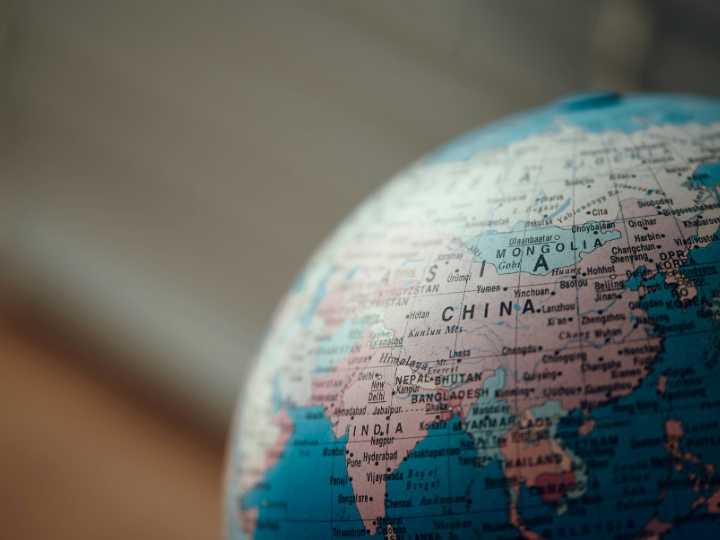N. Peter Kramer’s Weekly Column
The wealthy countries should therefore do more, but they are not. China and India are clearly taking their climate responsibilities more seriously, according to the World Energy Investment 2025 report from the International Energy Agency (IEA). China and India, which are much poorer per capita than the United States and the European Union, are devoting a larger share of their GDP – 3 and 2.5 percent respectively- to the energy transition than the EU and the US, which each invested only 1.5 percent.
A comparison between budgets for energy transition and for defense (source: the Stockholm Peace Research Institute SIPRI) is surprising. When it comes to energy transition China is the clear leader. In 2024, it spent almost twice as much as the EU (€557 billion compared to €346 billion). The EU spent almost as much on defense (€326 billion) as on its energy transition.
China spent twice as much on its energy transition as it did on its defense (€274billion). Defense spending in the EU rose by 30 percent between 2021 and 2024. Despite this, the EU is apparently unable to defend itself without US help. While Russia spent ‘only’ €130 billion on its war economy and a negligible amount on the energy discussion.
In the US, the ratio is reversed: at €827billion last year, the country spent more than twice as much on defense as it did on the energy transition ( €365billion).
Globally more money went to weapons in 2024 (€2,353 billion) than to the energy transition (€1,924 billion). This trend is certain to continue this year. The EU will invest significantly more in defense, since some EU plus NATO memberstates have to increase their budgets and the EU has to pay for the US weapon deliveries to Ukraine. It will likely come at the expense of climate investments. You can only spend a euro once...






